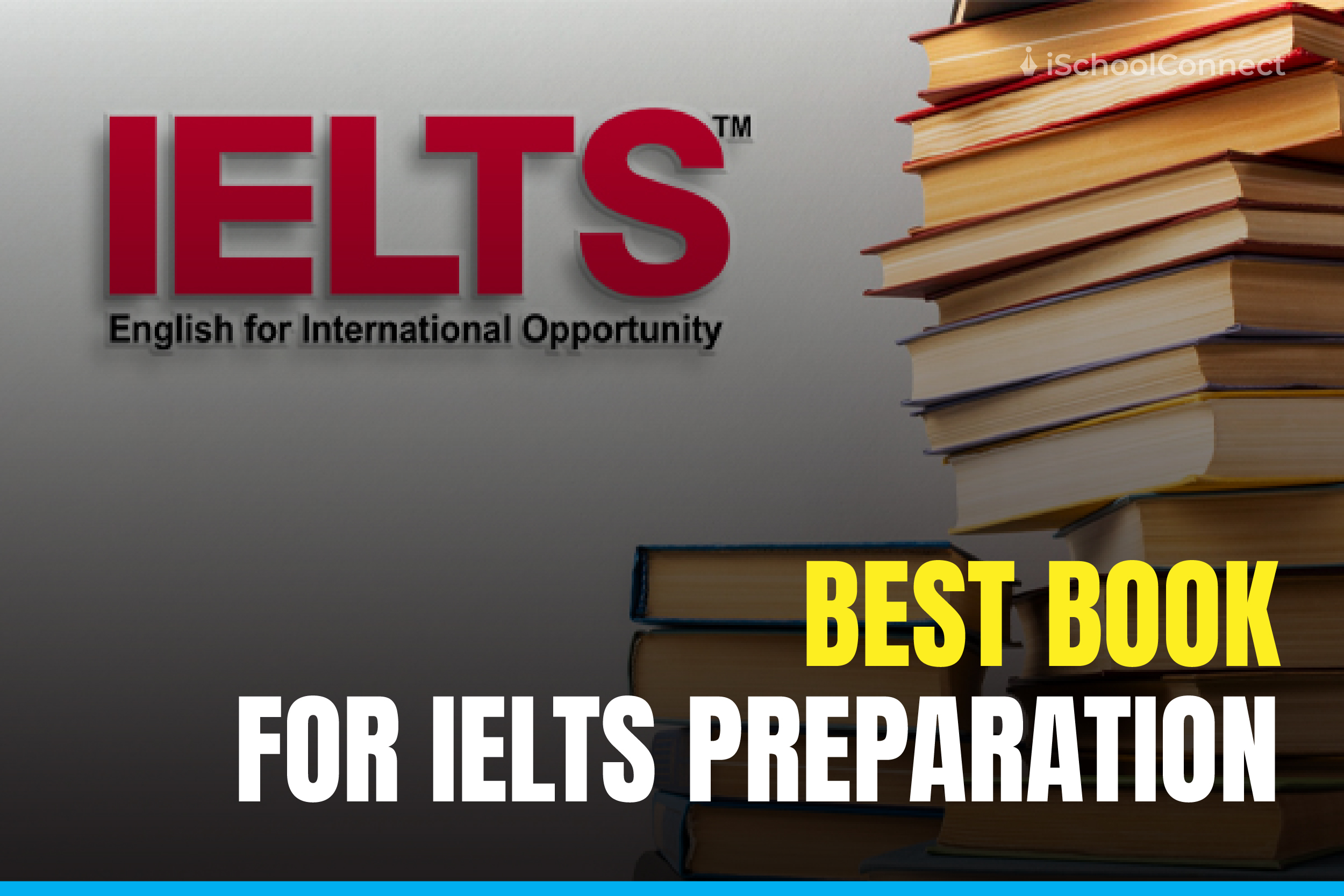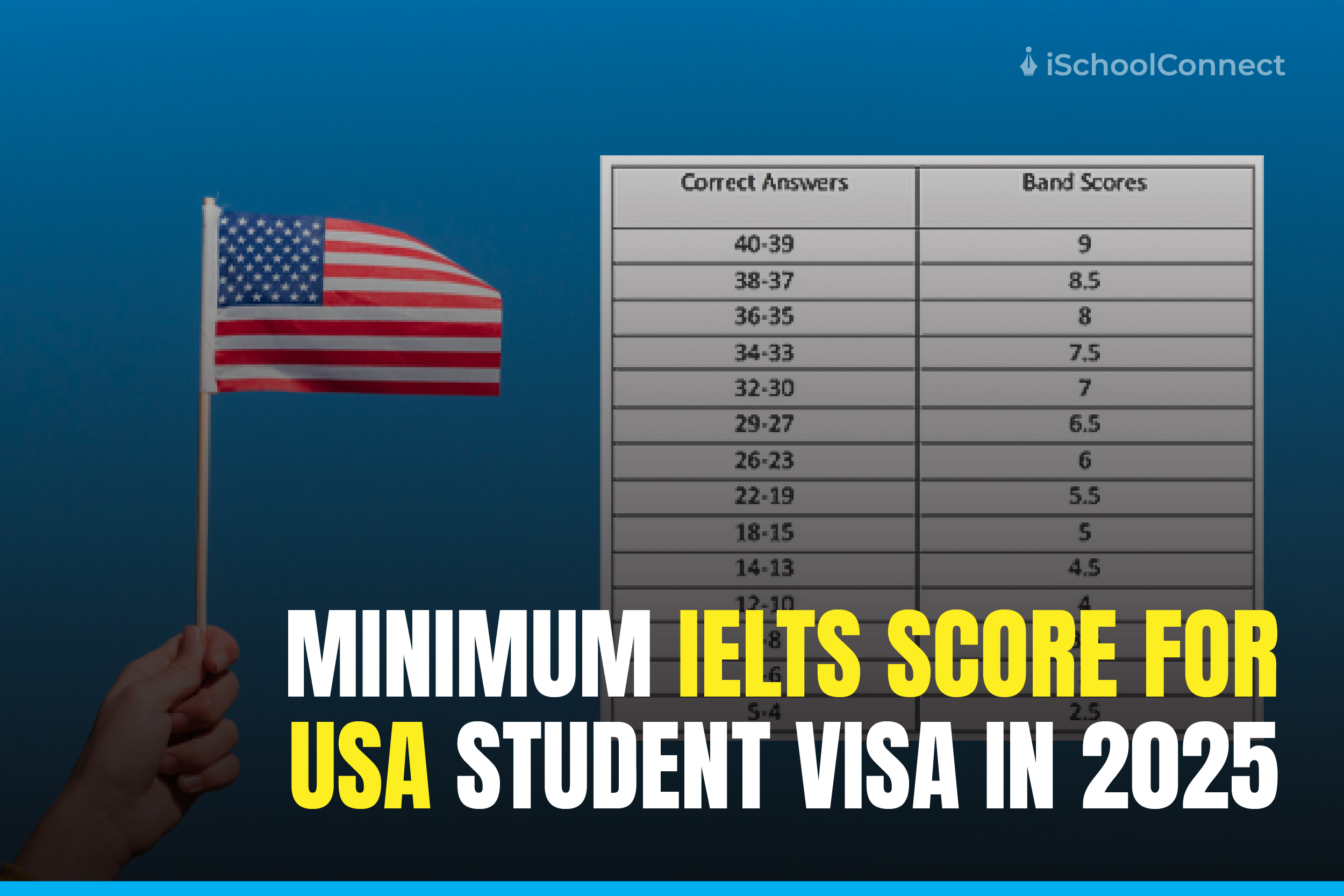Table of Contents
- What Is a Simile?
- Examples of Similes:
- Structure of a Simile
- Sample IELTS Speaking Questions Using Similes
- What Is a Metaphor?
- Examples:
- Structure of a Metaphor
- Elements of a Metaphor
- Types of Metaphors
- Sample IELTS Speaking Questions with Metaphorical Responses
- Simile vs Metaphor: Understanding the Similarities and Differences
- Differences Between Simile and Metaphor
- Key Takeaways
- FAQs
What Is a Simile?
A simile is a form of figurative language that compares two different things using the words “like” or “as.” It is also referred to as an indirect comparison, helping writers create vivid imagery for the reader.
Examples of Similes:
- She is as thin as a rail.
- He’s as American as apple pie.
- Her mind is like an open book.
These comparisons are not literal; rather, they paint a more expressive picture than simply stating facts.
Structure of a Simile
Similes usually follow a basic structure:
X is like Y or X is as [adjective] as Y
They often include connectors like “like” or “as.”
Note: Not every sentence with “like” or “as” is a simile. For instance:
“She acts like her father” (literal comparison) is not a simile.
“They are like two peas in a pod” is a simile, as it draws a figurative comparison.
Read More: IELTS EOR- Why & How to Apply & Costs
Sample IELTS Speaking Questions Using Similes
Below are some sample IELTS Speaking questions with answers that use similes to help you stand out during the test.
Q: Can you adjust to a new environment easily?
A: I’m naturally very adaptive, which allows me to fit into new environments like a glove.
Q: Who has been the biggest support in your life?
A: My mother is like a rock—she’s been my constant support through all the ups and downs.
Q: How do you manage stressful situations?
A: Instead of panicking, I focus on solutions. I try to stay calm, like a duck that looks peaceful on the surface even when paddling furiously underneath.
Learn More: Best Books for IELTS Preparation in 2025
What Is a Metaphor?
A metaphor is a direct comparison between two unrelated things. Instead of saying something is like something else, it says one thing is the other.
Examples:
- Love is a battlefield.
- He is the black sheep of the family.
- You are my lucky star.
Even everyday responses like “Crystal” in reply to “Do I make myself clear?” are metaphors—equating clarity to the transparency of crystal.
Structure of a Metaphor
A metaphor typically includes four key elements:
- Vehicle: The figurative term used (e.g., “crystal”).
- Tenor: The subject being described (e.g., the clarity of an answer).
- Ground: The commonality between the two (e.g., transparency).
- Tension: The difference between the literal meanings (the answer is not literally a crystal).
Elements of a Metaphor
Every metaphor has four essential components:
- Vehicle – The image or idea used for the comparison (e.g., crystal).
- Tenor – The subject being described (e.g., the clarity of a message).
- Ground – The shared qualities between the two (e.g., both are clear).
- Tension – The differences that highlight the figurative nature of the metaphor.
Types of Metaphors
Metaphors come in various forms, some more creative or subtle than others:
Standard Metaphor
Directly compares two things.
Example: You are my sunshine.
Implied Metaphor
Suggests the comparison without stating it explicitly.
Example: You bring warmth and light into my life. (Refers to the sun without naming it.)
Extended (Sustained) Metaphor
Develops a metaphor across multiple lines, paragraphs, or the entire work.
Example: Maya Angelou’s poem “Caged Bird” uses birds as metaphors for freedom and oppression.
Dead Metaphor
Overused to the point that it’s no longer thought of as a metaphor.
Examples: Foot of the bed, hands of the clock, leg of a trip.
Mixed Metaphor
Combines two unrelated metaphors—often unintentionally—leading to confusing or humorous results.
Example (from The Truman Show):
“Early bird gathers no moss. Rolling stone catches the worm, right?”
(A mashup of “The early bird catches the worm” and “A rolling stone gathers no moss.”)
Sample IELTS Speaking Questions with Metaphorical Responses
Here are some simple examples of how you can use metaphors in your IELTS Speaking answers to clearly and creatively express your ideas.
Q: Can you tell me about a time when you overcame a difficult challenge in your life?
A: It felt like I was climbing a steep mountain with no clear path. But with determination and persistence, I eventually reached the summit by clearing the entrance exam.
Q: How do you handle stress in the workplace?
A: I treat stress like a surfer facing a giant wave. I take a deep breath, stay balanced, and ride through it with confidence and control.
Q: How do you prioritize your tasks and manage your time effectively?
A: I see my tasks as puzzle pieces that must come together to form a complete picture. By placing each piece in the right order, I’m able to manage my time and responsibilities efficiently.
Q: Can you describe your leadership style?
A: I lead like a conductor guiding an orchestra. I aim to bring harmony to the team by ensuring every member contributes their strengths while working toward a shared vision.
Read More: Minimum IELTS Score for USA Student Visa in 2025
Simile vs Metaphor: Understanding the Similarities and Differences
How Similes and Metaphors Are Similar
Both similes and metaphors are forms of figurative language used to create vivid descriptions by drawing comparisons. Their core purpose is the same: to help the reader or listener visualize something in a more imaginative way. In many instances, similes and metaphors can even be used interchangeably without changing the overall meaning.
For example:
- Simile: They are like two peas in a pod.
- Metaphor: They are two peas in a pod.
Both expressions convey the same idea—that the individuals are extremely similar—though the method of expression differs slightly.
Differences Between Simile and Metaphor
To clearly understand the difference between simile and metaphor, focus on two important aspects: strength of comparison and scale of use.
Strength of Comparison
- A metaphor makes a direct and strong comparison by stating that one thing is another. It emphasizes the similarity and often leaves a lasting impact.
Example: “Time is a thief.” - A simile, by contrast, makes a softer, more suggestive comparison using “like” or “as.” It introduces the idea without asserting it as strongly.
Example: “Time is like a thief.”
Scale of Usage
- Similes generally operate at the sentence level. They are short, concise, and used to make a quick descriptive impact.
- Metaphors can extend beyond individual sentences and be sustained across paragraphs, stories, poems, or even entire films. For instance, many interpretations suggest The Matrix is a metaphor for philosophical or societal concepts. This level of extended comparison would not work well with a simile, as that would require constant use of “like” or “as.”
Read More: How to Prepare for IELTS at Home Without Coaching: Easy Tips for Each Section
Simile and Metaphor Examples
Simile Examples
Here are some vivid simile examples that compare unlike things using “like” or “as”:
- Her new bicycle was like a shiny toy.
- The blood was as red as a rose.
- The empire fell as swiftly as a shooting star.
- He charges in like a bull in a china shop.
- Her voice was like velvety chocolate.
- The book is as black as coal.
- She smiled like the Mona Lisa.
- The weather today is as warm as summer.
- She was as cute as a button.
- He slept poorly and felt as tired as an elephant.
- The food tasted like eating cardboard.
- The child curled up like a contented kitten.
- The trees swayed as if they had no bones.
- Sadness and happiness are like the moon and sun—following each other like day and night.
- Her self-control was like a tight rein on a wild horse.
Metaphor Examples
Below is a selection of metaphor examples that make direct comparisons without using “like” or “as”:
- She is a rock of stability.
- Love is a battlefield.
- He is a burning candle, flickering with passion.
- Her eyes glinted with mischief.
- She was on cloud nine after the win.
- His promises were a belly full of lies.
- The snow is a white blanket over the hills.
- The chair is the boss’s throne.
- She is an octopus at multitasking.
- The internet is a vast library of knowledge.
- His music was the light at the end of the tunnel.
- The moment was a ticking time bomb.
- Their clothes are a testimony of their social status.
Key Takeaways
- Similes and metaphors make your writing and speaking more interesting by comparing things in creative ways, helping others picture what you mean.
- Understanding the difference between simile and metaphor helps you choose the right expression based on tone, clarity, and emotional depth—similes suggest similarity, while metaphors assert identity.
- Using similes and metaphors correctly can help you express your thoughts more clearly, whether you’re preparing for the IELTS exam or improving your overall communication.
We hope you enjoyed reading this blog. In case of any queries or assistance with your IELTS prep, reach out to us or drop a comment below!
Liked this blog?
Read next: Epigram | The complete guide to epigram with examples!
FAQs
Question 1. Can I use similes and metaphors in the IELTS writing test?
Answer. Yes, you can use similes and metaphors in the IELTS writing test to make your writing more vivid and impactful. They help convey your ideas more clearly and creatively, making your response more engaging for the examiner.
Question 2. What are the rules for simile and metaphor?
Answer. A simile compares two things using connecting words like “like” or “as” (e.g., as fast as lightning). A metaphor makes a direct comparison without those words (e.g., time is a thief).
Question 3. Why are metaphors important in the IELTS exam?
Answer. Metaphors are important in the IELTS exam, especially in the speaking and writing sections, as they show your ability to use advanced language and express complex ideas in a creative and fluent manner.
Question 4. What are metaphors and similes in English grammar?
Answer. Metaphors and similes are figures of speech used to compare two different things. Similes use words like “like” or “as” to show similarities (e.g., as brave as a lion), while metaphors make a direct comparison (e.g., He is a lion in battle).






